How To Prepare Your Home For Flooring Installation
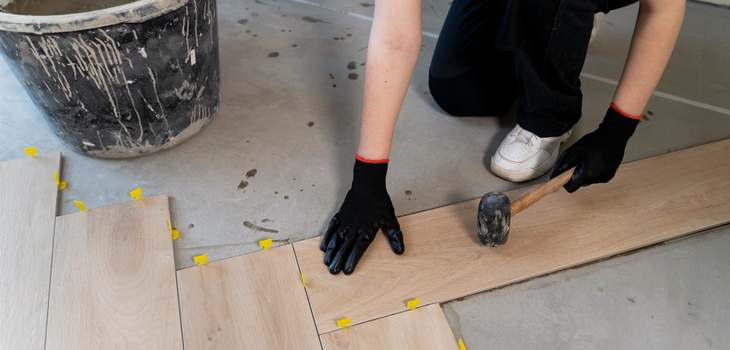
Whether you're revamping a single room or renovating your entire house, getting the groundwork right is crucial. In this comprehensive resource, we'll share essential tips and insights to help you navigate the intricacies of home flooring preparation, from planning and organizing to ensuring a perfect installation.
Get ready to transform your space with confidence as we walk you through the essential steps of home flooring preparation.
When it comes to transforming your space with new floors, proper preparation is key to ensuring a smooth and successful installation process. Preparing for flooring installation involves several important steps that will help you create a solid foundation for your new floors and achieve the desired results. Let's walk you through the essential tips and considerations to help you prepare your home for flooring installation.
Take accurate measurements
First, it's crucial to take accurate measurements of the areas where the new flooring will be installed. This will help you determine the amount of materials needed and avoid unnecessary wastage or delays. Additionally, consider any special requirements or challenges specific to your space, such as irregular shapes or unique architectural features. Taking note of these details will enable you to plan accordingly and make informed decisions.
Proper Floor Cleaning
Next, it's important to clean and clear the existing flooring properly. Remove any furniture, appliances, or items that may obstruct the installation process. Thoroughly vacuum or sweep the area to remove dust, dirt, and debris. If your current flooring has any damages or irregularities, address them beforehand to ensure a smooth and level surface for the new flooring.
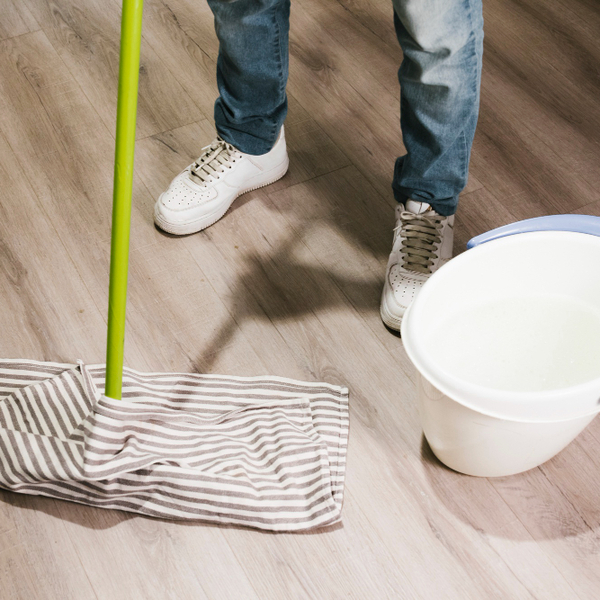
Subfloor Preparation
This is another crucial aspect of getting your home ready for flooring installation. Inspect the subfloor for any signs of damage, such as cracks or rot. Repair or replace damaged sections as necessary to ensure a solid and stable base. Additionally, ensure that the subfloor is clean, dry, and free from any moisture issues, as excessive moisture can lead to problems with the new flooring.
In some cases, it may be necessary to install an underlayment or moisture barrier to provide additional protection and support for the new flooring. This is particularly important for areas prone to moisture, such as bathrooms or basements. Consult with a flooring professional to determine the best underlayment or moisture barrier options for your specific needs.
Correct Floor Installation Timing
Consider the timing of the installation process. Allow for sufficient time for the flooring materials to acclimate to the temperature and humidity of the space before installation. This will help prevent issues such as warping or buckling of the new flooring.
By following these essential tips and considerations, you can effectively prepare your home for flooring installation. Proper planning, accurate measurements, thorough cleaning, subfloor preparation, and considering timing factors will contribute to a successful and seamless installation process.
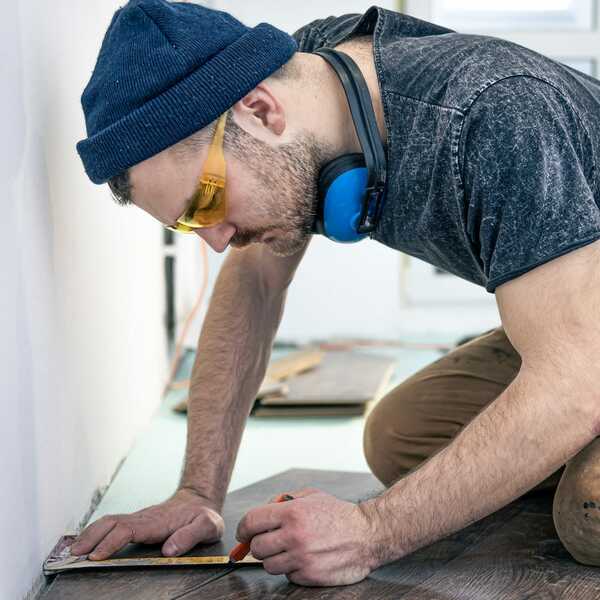
Remember, consulting with a flooring professional can provide valuable insights and guidance tailored to your specific project. With careful preparation, you'll be well on your way to enjoying beautiful and functional new floors in your home.
Essential Steps To Get Your Home Ready For New Flooring

- Measure and Plan
- Clear the Space
- Prepare the existing flooring.
- Address Subfloor Issues
- Allow for Acclimation
- Communicate with your installers
1. Measure And Plan
One of the steps in preparing your home for flooring is to measure the areas where the new flooring will be installed. Accurate measurements will help you determine the quantity of flooring materials needed and avoid unnecessary delays or wastage. Additionally, create a detailed plan that includes any special considerations, such as doorways, transitions, or complex room layouts. This will ensure a precise installation and a cohesive look.
2. Clear The Space
Before the installation begins, it's important to clear the space of any obstacles. Remove furniture, appliances, and personal items from the area to provide easy access for the installers. Clearing the space will not only make the installation process smoother but also protect your belongings from potential damage during the installation.
3. Prepare The Existing Flooring
Properly preparing the existing flooring is essential for a smooth installation and optimal results. Start by thoroughly cleaning the floor to remove any dust, dirt, or debris that could affect the new flooring's adhesion. Repair any damages or irregularities, such as cracks, holes, or uneven surfaces, as they can impact the outcome. A clean and well-prepared existing floor will provide a solid foundation for the new flooring.
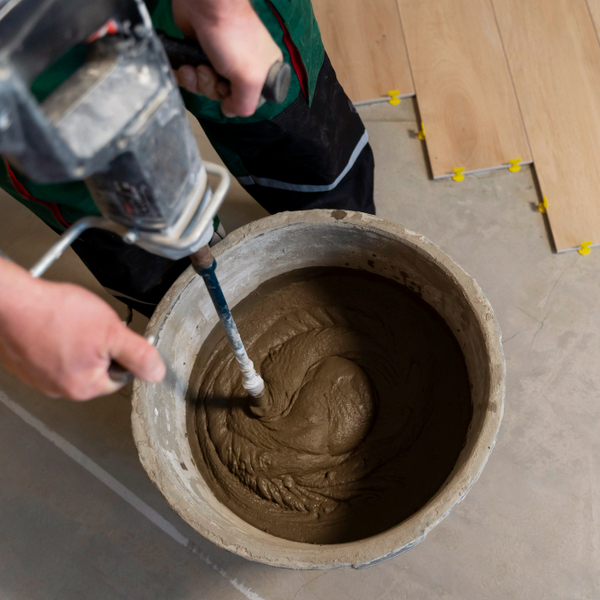
4. Address Subfloor Issues
The subfloor plays a vital role in the stability and longevity of your new flooring. Inspect the subfloor for any signs of damage, such as rot, moisture issues, or unevenness. Repair or replace damaged sections and ensure the subfloor is clean, dry, and level. This will prevent future problems, such as sagging, creaking, or premature wear of the new flooring. Consider installing an underlayment or moisture barrier, if necessary, based on the type of flooring and the specific requirements of your space.
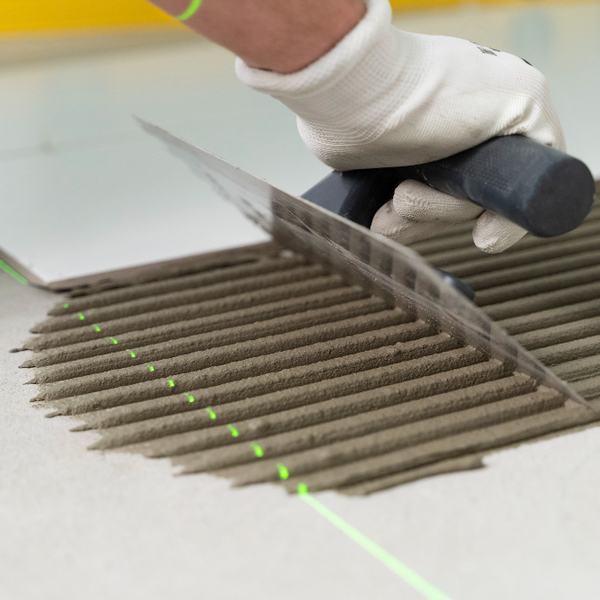
5. Allow For Acclimation
Proper acclimation of the new flooring materials is crucial before installation. Different types of flooring, such as hardwood or laminate, need time to adjust to the temperature and humidity levels of your home. Follow the manufacturer's guidelines for acclimation, which typically involve leaving the flooring materials in the room where they will be installed for a certain period. This step ensures that the flooring is stable and minimizes the risk of expansion, contraction, or other issues once it's installed.
6. Communicate With Your Installers
Effective communication with your installers is essential for a smooth and successful flooring installation. Discuss any specific requirements or concerns you may have, such as desired patterns, transitions, or any unique aspects of the installation. Clear communication will ensure that both parties are on the same page and help address any potential issues before they arise. Stay in touch with your installers throughout the process and address any questions or concerns promptly.
Addressing Subfloor Issues: Ensuring a Smooth Installation Process
Addressing subfloor issues is crucial for a smooth home flooring installation. The subfloor serves as the foundation, and any problems can compromise the new flooring's integrity. Inspect the subfloor for damage, such as rot or unevenness, and repair or replace as needed. Ensure the subfloor is clean and level, using self-leveling compounds if necessary. Address moisture issues with barriers or mitigation techniques. By addressing subfloor issues, you create a stable base for your new floors, ensuring a smooth installation process and long-lasting results. In addition, you can consult professionals for guidance tailored to your specific project.
Conclusion
The tips we have outlined above will help you effectively prepare your home for flooring installation. Proper planning, accurate measurements, thorough cleaning, subfloor preparation, and considering timing factors will contribute to a successful and seamless installation process.
When it comes to flooring services and commercial flooring services, it is essential to rely on professionals who understand the intricacies of the installation process. At Moovick, we are particular about providing top-quality flooring services tailored to your specific needs.
Remember, consulting with a flooring professional can also help with providing valuable insights and guidance tailored to your specific project. With careful preparation, you'll be well on your way to enjoying beautiful and functional new floors in your home.
Popular Articles

Boosting Earnings: Semi-Skilled Immigrants' Guide to Success in Bon...

6 Essential Questions To Ask Local Movers Before Hiring

Moving to France: A Guide to Your French Adventure
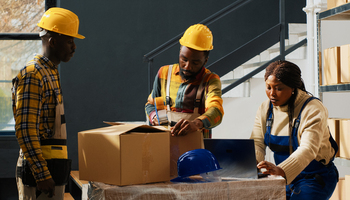
How to Choose the Right International Moving Company

Common Challenges Faced While Renovating Your Home

Pruning Principles: How, When, and Why to Prune Your Plants

